No Products in the Cart
Ashima Yadav, a psychology student at Christ University, India, seamlessly combines academic pursuits with freelance content writing. Read more
Last Updated November 29, 2024
If you’re a pet parent, chances are you have noticed your dog's sleeping positions and probably clicked some lovely pictures, too. Our furry friends have a knack for curling up in the most intriguing and sometimes seemingly uncomfortable positions when they catch some Z’s. But have you ever wondered what these adorable dog sleeping positions might mean for your beloved pet’s well-being and state of mind?
Key Takeaways:

Just as understanding a dog's sleeping position can provide insights into their emotions and well-being, human sleep positions can also offer valuable information about a person's health and state of mind.
Every sleeping position reveals something about your pet, from sprawled across the floor to being curled up in a ball. This article dives into the details of the 10 most common dog sleeping positions and the meaning behind them.
Dogs love to sleep in various positions. All dog sleeping positions signify something or the other. For instance, if your dog is sprawled across the floor, he might just be trying to cool off, while if he’s sleeping back to back with you or another pet, it depicts their trust and love for you. Following are the 10 most common dog sleeping positions, along with their meaning.

Just like humans, dogs love to sleep on their side, too. This is one of the most common dog sleeping positions for dogs, wherein they lie on their side with their legs extended in front of them and their belly partly exposed.
If your dog is a side sleeper, it indicates that he feels safe and relaxed in his surroundings. This position is primarily seen in puppies and older dogs with stiff joints. This position also allows for deep sleep, leading to dog dreams, which are entertaining to watch.
If your dog is a superhero fan and sleeps like one, too, he is energetic and ever ready to play. In this position, dogs sleep on their stomach, with their back legs stretched out behind them and their front legs stretched forward. The superman pose is very common among puppies who are always ready to jump to action. Not only that, this position is also beneficial for digestion and respiration.
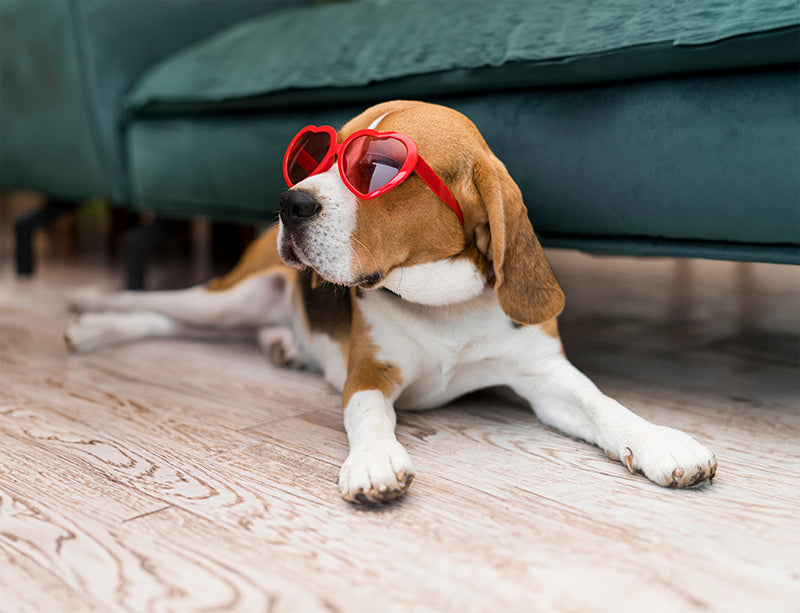
Dogs who sleep in this position are tired but ready to play if the opportunity presents itself. Puppies generally take a nap in this position during their play session. If your puppy plops down in this position, it’s safe to say that he is a little playful and energetic furball.
If your dog is sleeping like a cute curled-up ball with all limbs tucked in and tail draped over his body, it is a sign that he is seeking warmth. This position is usually adopted during colder months when they are trying to preserve body heat and reduce stress. You would usually find stray dogs sleeping in this position. If your dog is sleeping in this position, make sure to keep them warm and cozy.
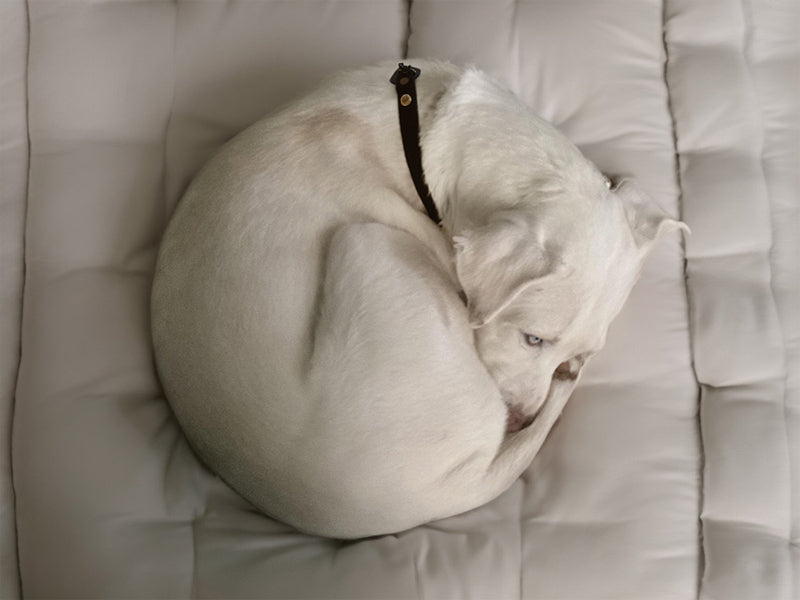
Since this sleeping position also helps them protect their vital organs, it could also mean that they’re trying to keep themselves safe or still adapting to the new environment. In such a case, this sleeping position helps them feel less vulnerable.
If you find your furry friend sleeping in this position, make sure he is warm and cozy, or if he is new in the home, give him time to adjust.
The lion’s pose or the sphinx pose is when your dog is sleeping with his head on his paws and back legs either tucked in or off on one side. Dogs usually sleep in lion's pose when they are resting but not in deep sleep and are ready to jump to action. High energy dogs prefer this dog sleeping position.
They will usually start in this position if they are on constant lookout, and if they fall into deep sleep, they will roll on their side. If your dog is sleeping in this position, congratulations! You have got yourself a protective and vigilant friend.
In the belly-up sleeping position, dogs lie on their back with their belly exposed and all four paws in the air. This position means that your dog is relaxed and trusting of the surroundings. They might also sleep in this position if their body heat has increased, as it provides proper air circulation.
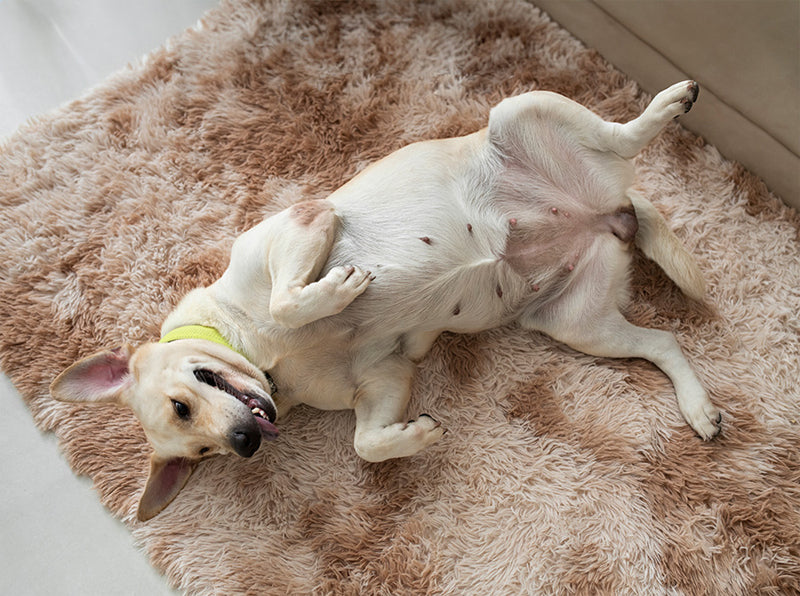
If your furry friend is sleeping in this position, it might seem funny to you; however, it’s the most comfortable out of all dog sleeping positions. It shows that they trust and feel safe about you and the environment.
Does your dog sleep with his back pressed against yours? Well, be honored! Dogs sleep back to back with a person or another animal when they feel the safest with them. It’s their way of showing trust and affection. This position also says that the dog wants to bond closely with you.
If your dog is sleeping back to back with you, just know that they feel protected and loved.
If you let your dog sleep in bed with you, they might often snuggle up on top of you. Just like back-to-back sleeping position, cuddling up is also a sign of affection, trust, and love. Dog snuggles against you to show that they share a deep bond with you.
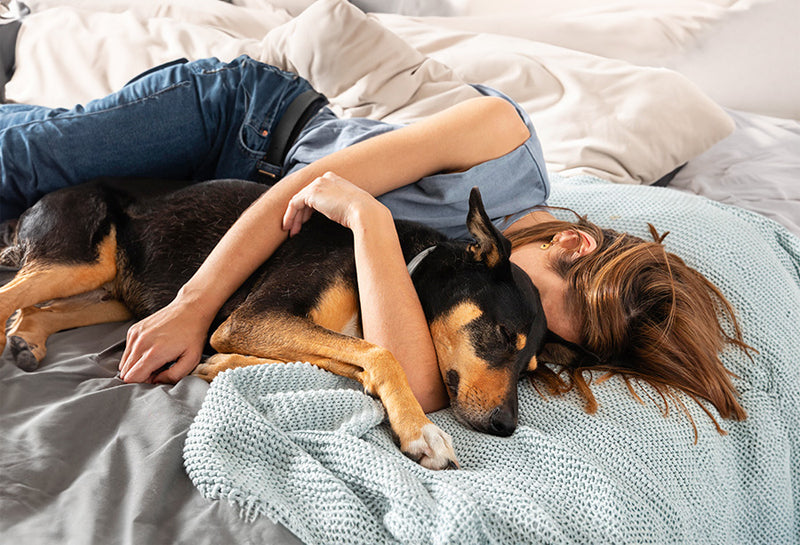
This is a common sleeping position for breeds like Shih Tzus, Maltese, and Pugs, which are known for their loving nature and enjoyment of company. Therefore, treasure the time your dog spends curled up on you in the Cuddle Bug posture and savor the warmth and affection accompanying it.
If your dog is sprawled out on the tile or some other cold surface, it’s straightforward that they are trying to cool their body down by increasing the skin-to-surface ratio. You might see your dog in this position after a walk or playing session.

If you see your dog in this position often, make sure to keep a window open at night or turn the fan or air conditioner on. For breeds with longer hairs, they should be groomed regularly, especially in the warmer months.
If your dog likes to sleep with its head and neck propped up on the couch armrest or a pillow, it may be an indication of their breathing problems. If you see your dog sleeping in this head and neck raised position often, keep an eye on any worrying symptoms like rapid breathing, noisy breathing, getting out of breath, etc. If any symptoms are present, consult your vet before it becomes serious.
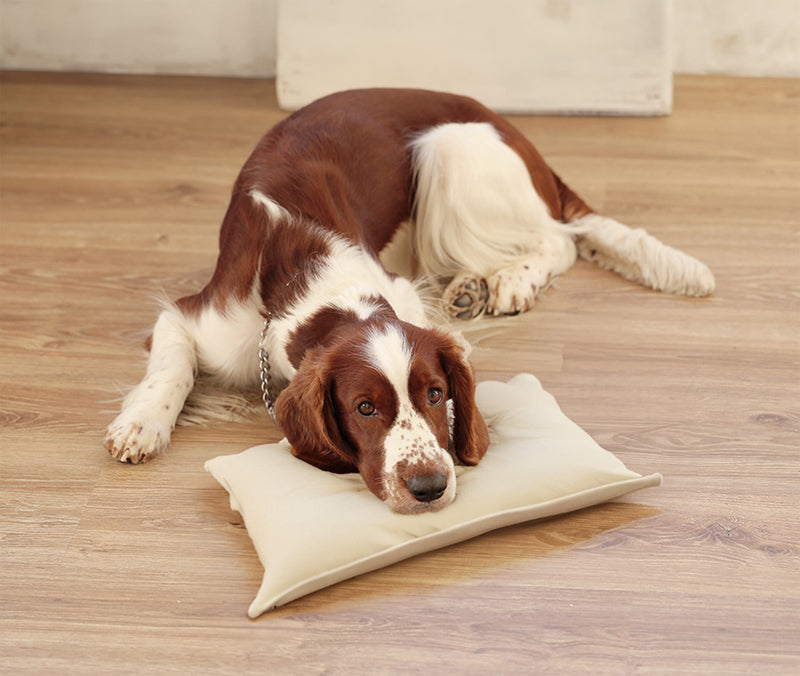
Although this situation usually indicates breathing problems, it can also be just a matter of preference. So, make sure to look for symptoms before panicking.
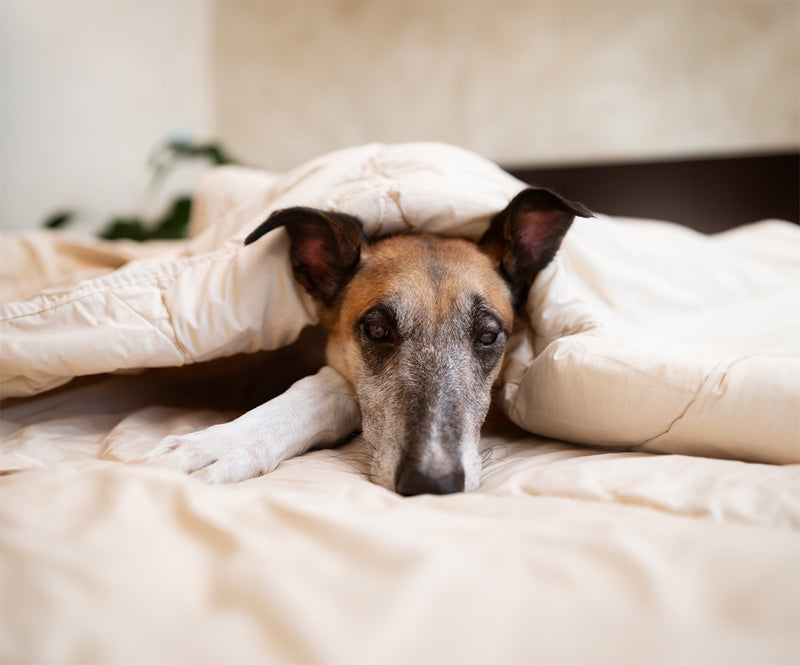
Some dogs like to sleep under blankets, pillows, or clothes. If your dog sleeps under clothes, he is in the burrower bug position. Dogs who sleep in this position are looking for warmth and security. Sleeping under covers might also help some dogs calm their anxiety.
While we are now aware of how those cute and entertaining dog sleeping positions can give you insights into your dog's sleep, why not take it a step ahead and also learn about dog's sleeping habits? From soft woofs to circling the bed, all these behaviors could give us insights into their dog's health and well-being.
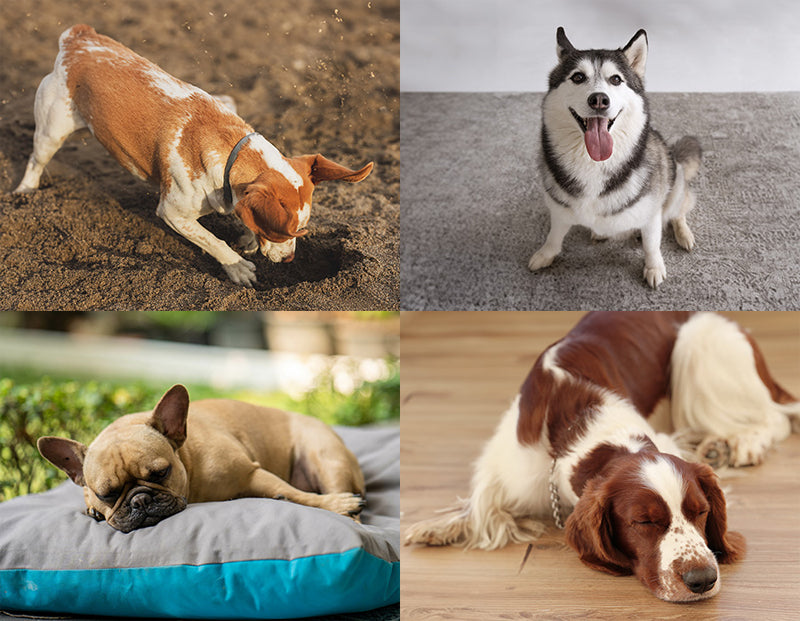
It is common for dogs to circle the sleeping area and dig before settling down to sleep. This behavior comes from their ancestors – wolves. Wolves would frequently tread down grass, leaves, or snow to make themselves comfortable, which is where this behavior originates.
Additionally, they may dig a hole that would aid in keeping them cool in the summer and warm in the winter. Dogs typically circle a few times before lying down, but if they do so excessively or have problems settling in, it could indicate an arthritic or neurological condition. See a vet if you observe excessive circling.
Yawning does not merely indicate that your dog is tired and ready for a nap. Often, dogs experiencing stress, worry, or irritation may yawn. This may occur when they are expecting a discerning or stressful situation or when they are feeling overwhelmed.
However, your dog may be simply yawning because they are weary if they are curled up and comfortable.
If your dog is twitching, barking, or wagging his tail in sleep, there is nothing to worry about; he is probably just dreaming. Yes, you read that right; dogs dream, too. This MIT research showed that animals also dream.
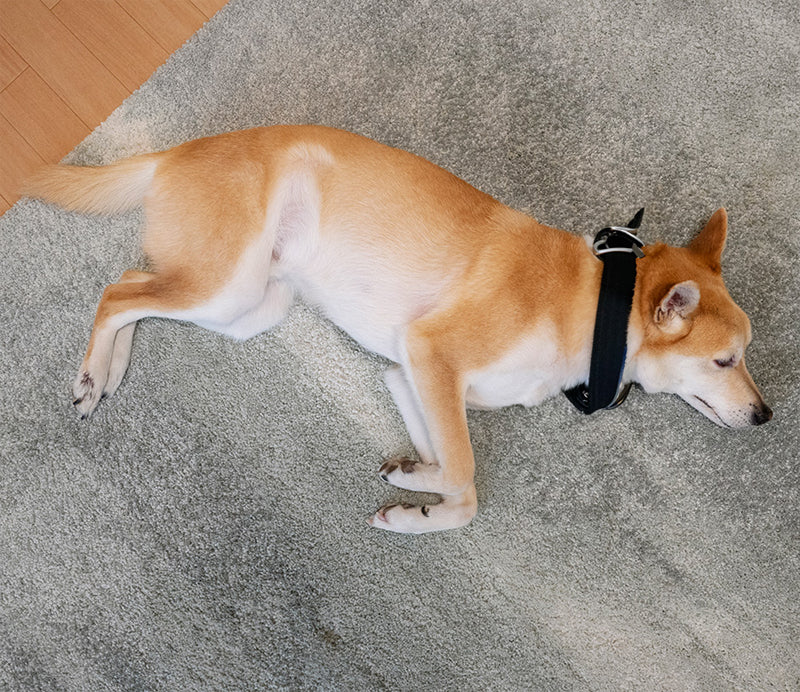
However, if you see your dog is agitated while sleeping, he might be getting nightmares. In that case, try to softly call out his name and gently stroke his back. This should either wake him up or put him back to relaxing sleep.
Not all dogs snore, but some do, sometimes to the same extent as humans. The majority of dogs that snore are brachycephalic breeds or those with large heads and small noses, including boxers, pugs, and bulldogs.
However, consult a vet if you notice something off with their snore or symptoms like breathing issues.
As pet parents, decoding these sleeping positions allows us to connect more deeply with our dogs, fostering a better understanding of their needs and preferences. Whether your canine companion is a side sleeper seeking safety or a burrower finding warmth, every position reflects a unique aspect of their personality.
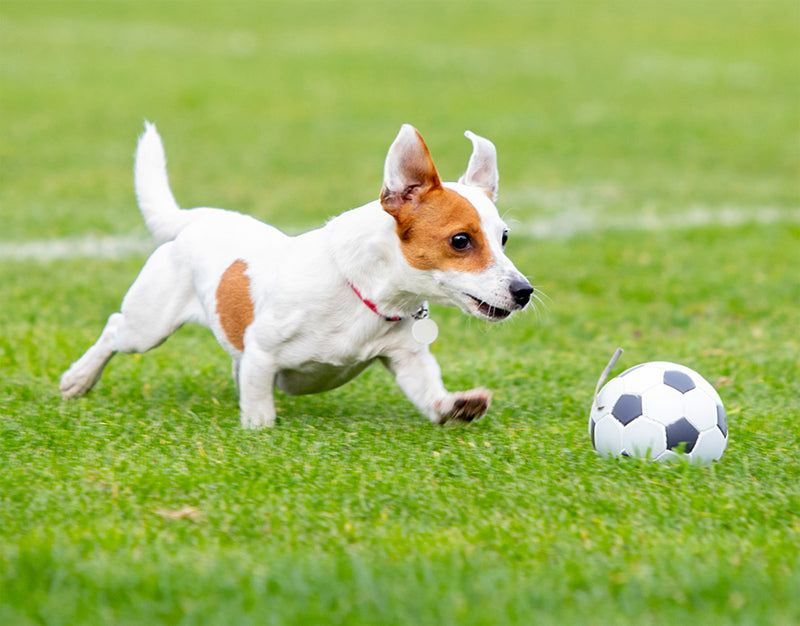
Beyond sleeping positions, we've explored additional habits like circling, yawning, dreaming, and snoring, each adding another layer to the complex tapestry of canine behavior. Recognizing these patterns not only enhances our bond with our dogs but also serves as a window into their overall health and happiness.
So, the next time you find your dog in a quirky sleeping pose or engaging in a pre-sleep ritual, take a moment's notice to appreciate the rich communication happening between you and your four-legged friend. In understanding the language of their sleep, we embark on a journey to provide the love, care, and comfort that our beloved dogs deserve.
Just like us humans, dogs benefit from having a separate sleeping area that is peaceful, dark, and cozy. Some pet parents prefer to buy a separate dog bed or crate, while others prefer to share their beds with their furry friends. It’s your personal choice whether you want to share your bed or not.
Depending on their needs and preferences, dogs can sleep comfortably in both places – on the floor or in a bed. Some dogs, especially those who tend to overheat easily or whose beds are overly soft, may really prefer to sleep on the floor. At the same time, others might prefer the comfort of a bed.
A dog may also like a softer surface, such as a dog bed with memory foam to relieve pressure spots if it has joint or muscular problems. The softer surfaces are preferred mostly by adult dogs.
How your dog sleeps can reveal much about their emotional and physical health. Your dog’s resting habits are also influenced by the kind of sleeping space you give them. Ensure your dog has access to a comfortable bed, soft toys, relaxed surroundings, and food and drink close by to promote sound sleep.
If you have adult dogs, they might need more care for them to have better sleep. Just remember to be aware of what your dog prefers and ensure a comfortable sleeping environment.
Yes, a pillow can improve your dog's sleeping position. For example, a latex pillow provides firm support and shapes to your dog's head or neck, making it great for dogs that like resting their head on something. On the other hand, a buckwheat pillow offers adjustable, breathable surface, which is ideal for dogs that curl up or need a more customizable surface.
Related blog posts:
3. What does your sleep position say about your personality?
5. 4 Postures to Help You Sleep Better
Disclaimer: What is said in this article has been referenced from multiple sources and is intended only for educational and informational purposes. Please note that no content in this article is a substitute for professional advice from a qualified doctor or healthcare provider. Always consult an experienced doctor with any concerns you may have regarding a health condition or treatment, and never disregard any medical suggestions or delay in seeking treatment because of something you read here.
Notify me when available
We will send you a notification as soon as this product is available again.
We don't share your email with anybody


